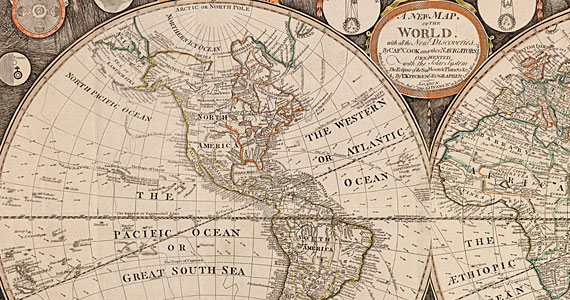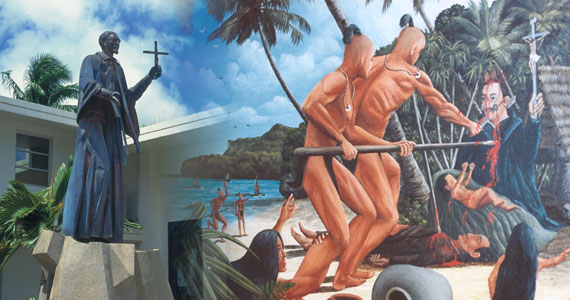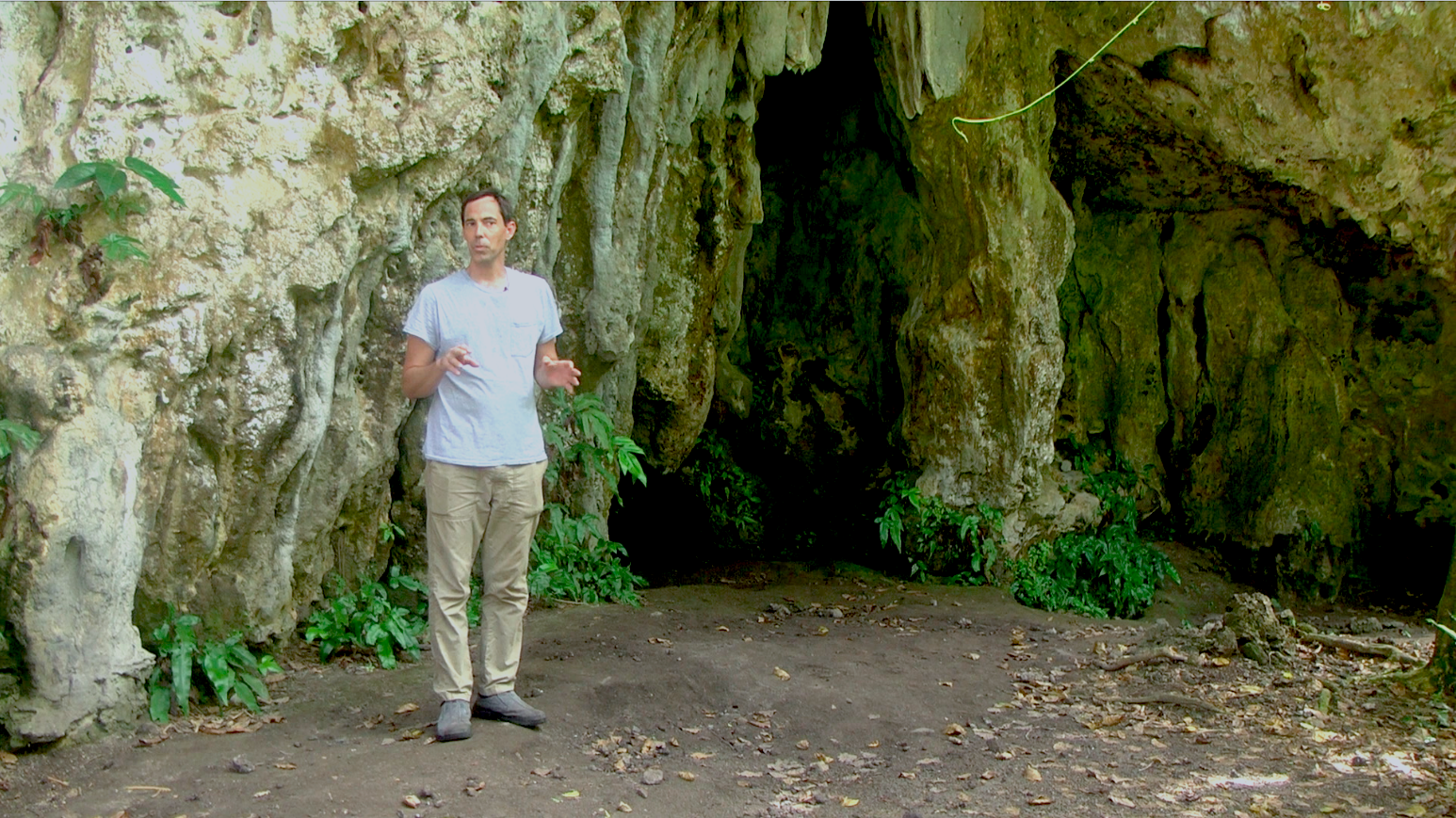The Century of the Pacific
Did you say the ?Century of the Pacific??? What century was that?
Was it perhaps the sixteenth, when Spanish caravels discovered the sea route to Asia and its fabled wealth?? When their navigators began naming the little specks of land they happened upon along the way and sprinkling them on the European maps of that great watery void for the first time?
Or was it the seventeenth, when the Dutch and British began to carve out for themselves empires founded on spices and silk and so much more?? When their East Indian trading companies were the blue ribbon investment of the future?? The ?future,? incidentally, included most of the following century as well.
Then there was the nineteenth century that saw the race of merchant fleets for the lucrative China market, picking up sandalwood, birds nests, turtle shell and anything else that could be traded for the luxury goods China had to offer the West.? But nothing lasts forever.? Perhaps China had a sufficient supply of sandalwood to light joss sticks for the rest of the millennium, and its people had tired of bird nest soup.
No sooner had the China market trade waned than a new venture exploded.? This time it was whaleships, at first from England and then from America, ?whitening the sea with their sails,? as one author put it.? The ships from the West pursued the whales whose oil would illuminate the pre-petroleum lights of their cities, while their sex-starved seamen made significant contributions to the gene pool of islands where they enjoyed liberty.? But the first oil well, dug late in the century, put an end to that . . . at least for a while.
The twentieth century was more complicated, of course.? Westerners could watch Asian wars?Japan against China, and then against Russia?with a certain detachment for a time.? Meanwhile, of course, the Great War consumed the attention of the West.? No sooner had it ended then Plan Orange, the US strategy against an increasingly powerful Japan, went into effect. If Westerners were ever deluded into thinking that Asia was nothing but a minor diversion, the Second World War changed that. ?Victory at Sea,? the popular TV series in the 1950s, was much more a story of the Pacific than the Atlantic.
All that was soon followed by Korea, and then Vietnam. I remember a US naval attache, years ago, rising from table at the end of a private dinner and delivering an impassioned plea to a few of us church leaders to support the expansion of US bases into Micronesia.? We had our doubts, but the military had none of their own back then, forty years ago.
The Cold War ended, just as surely as World War II ended, but the list of wars would not end.? The War on Terrorism was declared within a decade or two.? But there were minor wars along the way, like the wars against drugs and illegal trafficking.
Two things you can bet on: there will always be wars, virtual and real, to be fought, and there will always be trade between the East and the West.? And, as long as this is the case, the Pacific will be anything but incidental in the eyes of the global leaders.
What century since Magellan plotted his path across the largest ocean in the world hasn?t been the Century of the Pacific?





